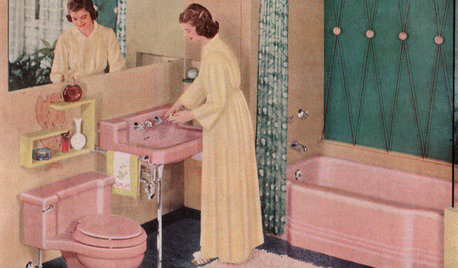Fertilizers/Coffee Grounds/Egg Shells/Banana Peels
gardenmommy_2010
13 years ago
Featured Answer
Comments (36)
texas_weed
13 years agoaixia
13 years agoRelated Professionals
Tempe Landscape Architects & Landscape Designers · Cockeysville Landscape Contractors · Conroe Landscape Contractors · Edinburg Landscape Contractors · Euclid Landscape Contractors · Ringwood Landscape Contractors · Uxbridge Landscape Contractors · Woodland Landscape Contractors · Reisterstown Landscape Contractors · Four Corners General Contractors · Green Bay General Contractors · Texas City General Contractors · Albemarle Decks, Patios & Outdoor Enclosures · Bellingham Decks, Patios & Outdoor Enclosures · Fort Collins Decks, Patios & Outdoor Enclosuresdigdirt2
13 years agoterrybull
13 years agocalifornian
13 years agotokizy
13 years agoediej1209 AL Zn 7
13 years agogardenman101
13 years agobluebirdie
13 years agomandolls
13 years agokin_seeker_msn_com
12 years agostructure
12 years agoNCbackyardgardener
12 years agotaz6122
12 years agotomakers
12 years agokarendee
12 years agoBets
12 years agoAvailablenamehere
10 years agoseysonn
10 years agoqkrick
10 years agoOhiofem 6a/5b Southwest Ohio
10 years agoseysonn
10 years agolabradors_gw
10 years agolomodor
10 years agolomodor
10 years agocactusjoe1
10 years agoTera Mac
7 years agolast modified: 7 years agogorbelly
7 years agogorbelly
7 years agoJ Wytt_7a/WA
7 years agomaxwi
6 years agoTatsuya Graham
6 years agoTatsuya Graham
6 years agolast modified: 6 years ago
Related Stories

GARDENING GUIDESGet on a Composting Kick (Hello, Free Fertilizer!)
Quit shelling out for pricey substitutes that aren’t even as good. Here’s how to give your soil the best while lightening your trash load
Full Story
GARDENING GUIDESHow to Keep Your Citrus Trees Well Fed and Healthy
Ripe for some citrus fertilizer know-how? This mini guide will help your lemon, orange and grapefruit trees flourish
Full Story
GARDENING GUIDESLush, Foodie Abundance in a Small Urban Garden
This modest backyard garden provides its owner with fruit and vegetables all year round, thanks to an innovative low-maintenance approach
Full Story
FARM YOUR YARDHouzz Call: Show Us Your One-of-a-Kind Chicken Coops
Do you have a fun or stylish backyard shelter for your feathered friends? Post your pictures and stories in the Comments!
Full Story
MOST POPULARHomeowners Give the Pink Sink Some Love
When it comes to pastel sinks in a vintage bath, some people love ’em and leave ’em. Would you?
Full Story
HOUSEKEEPINGHow to Fix a Stinky Garbage Disposal
No plumber’s fee or even a trip to the hardware store is required with these easy solutions
Full Story
LIFESimple Pleasures: The Joy of Baking
Fill your house with a heavenly scent and your heart with cheer by making time to bake
Full Story
SPRING GARDENINGSummer Crops: How to Grow Strawberries
Pluck your own sweet strawberries right from the garden vine for smoothies, salads or eating then and there
Full Story
GARDENING GUIDES10 Tips to Start a Garden — Can-Do Ideas for Beginners
Green up your landscape even if you're short on time, money and knowledge, with these manageable steps for first-time gardeners
Full Story
GARDENING GUIDESLearn the Secret to Bigger and Better Roses
Grow beautiful roses using both ordinary and unusual soil amendments
Full StoryMore Discussions







Rusty